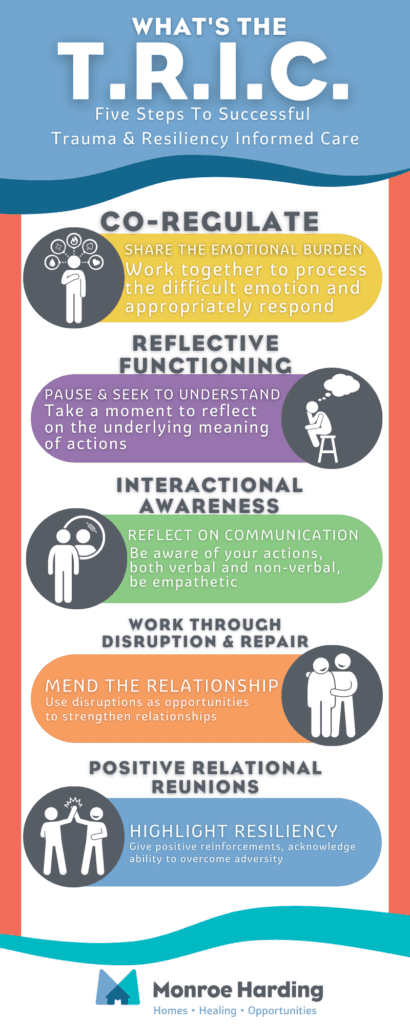 Trauma Informed Care is now the expectation, not the exception in addressing Adverse Childhood Experiences (ACE). The research is clear that adverse childhood experiences compromise healthy brain architecture and set children up for poor health, economic struggles, addiction, homelessness, and incarceration. The good news is trauma is treatable and Trauma Informed Care is the best way we can respond to the needs of children, youth, and adults with multiple adverse childhood experiences.
Trauma Informed Care is now the expectation, not the exception in addressing Adverse Childhood Experiences (ACE). The research is clear that adverse childhood experiences compromise healthy brain architecture and set children up for poor health, economic struggles, addiction, homelessness, and incarceration. The good news is trauma is treatable and Trauma Informed Care is the best way we can respond to the needs of children, youth, and adults with multiple adverse childhood experiences.
Over the past few years, we have transformed our organizational culture through implementing Trauma and Resiliency Informed Care (TRIC), a best practice in foster care. With this approach, we take into account a youth’s past abuse and trauma, create a personalized plan for healing, and promote wholeness through a safe, caring environment.
From the Annie E. Casey Foundation: Adolescents in foster care often experience “strains” that tax their rapidly developing brains. These inhibiting factors include the continuing effects of childhood adversity and trauma, frequent moves among foster homes and schools, and leaving foster care without a permanent family or adult connection. For young people of color, who are disproportionately represented in foster care and experience poorer outcomes than their white peers in child welfare systems, typical adolescent risk-taking is often criminalized.
Yet neuroscience shows there are ways of healing past trauma and turning “brain strains” into “brain gains” for adolescents in foster care. Recommendations from the video and the report include ensuring that young people in foster care gain skills and experience in such areas as managing money, learning to drive, and participating in planning and decision-making about their own lives.
